Growing Awareness of Skin Health
The increasing awareness of skin health among consumers appears to be a driving force in the Anti-Acne Dermal Patch Market. As individuals become more informed about the effects of acne on self-esteem and overall well-being, there is a noticeable shift towards products that offer effective solutions. This trend is reflected in market data, which indicates a rise in sales of anti-acne products, including dermal patches. The emphasis on skin health is further supported by social media campaigns and influencer endorsements, which promote the benefits of using targeted treatments. Consequently, this heightened awareness is likely to propel the demand for anti-acne dermal patches, as consumers seek convenient and effective options to manage their skin conditions.
Shift Towards Convenience and Efficacy
The Anti-Acne Dermal Patch Market is experiencing a notable shift towards convenience and efficacy in skincare solutions. Consumers increasingly prefer products that are easy to use and deliver visible results. Dermal patches, which can be applied directly to blemishes, offer a discreet and effective method for treating acne. Market data suggests that the demand for such products has surged, as they provide a targeted approach to acne management without the need for extensive skincare routines. This trend is particularly appealing to younger demographics, who often seek quick and effective solutions. As a result, the convenience factor is likely to continue driving growth in the anti-acne dermal patch market.
Rising Influence of E-commerce Platforms
The rise of e-commerce platforms is significantly impacting the Anti-Acne Dermal Patch Market. With the increasing preference for online shopping, consumers are more inclined to purchase skincare products, including anti-acne patches, through digital channels. Market data indicates that e-commerce sales of skincare products have seen substantial growth, driven by the convenience and accessibility of online shopping. This trend allows consumers to explore a wider range of products, read reviews, and compare prices, ultimately leading to informed purchasing decisions. As e-commerce continues to expand, it is likely to play a crucial role in shaping the future of the anti-acne dermal patch market, providing brands with new opportunities to reach their target audiences.
Increasing Prevalence of Acne Among Youth
The increasing prevalence of acne among youth is a significant driver in the Anti-Acne Dermal Patch Market. Statistics indicate that a substantial percentage of adolescents and young adults experience acne, leading to a heightened demand for effective treatment options. This demographic is particularly receptive to innovative skincare solutions, such as dermal patches, which offer targeted treatment without the complexities of traditional skincare regimens. As awareness of the psychological impact of acne grows, there is a corresponding increase in the willingness to invest in effective solutions. Consequently, the rising incidence of acne among younger populations is likely to sustain the demand for anti-acne dermal patches in the foreseeable future.
Innovations in Formulation and Technology
Innovations in formulation and technology are transforming the Anti-Acne Dermal Patch Market. Advances in materials and active ingredients have led to the development of more effective patches that cater to diverse skin types and concerns. For instance, the incorporation of hydrocolloid technology allows for better absorption of acne-fighting ingredients, enhancing the overall efficacy of the patches. Market data suggests that consumers are increasingly seeking products that utilize cutting-edge technology to address their skincare needs. This focus on innovation not only attracts consumers but also encourages brands to invest in research and development, further propelling the growth of the anti-acne dermal patch market.




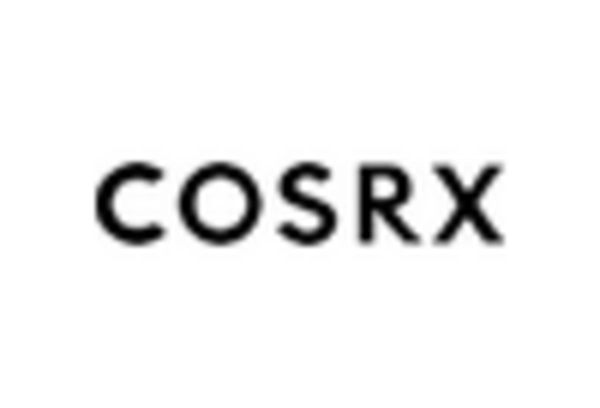
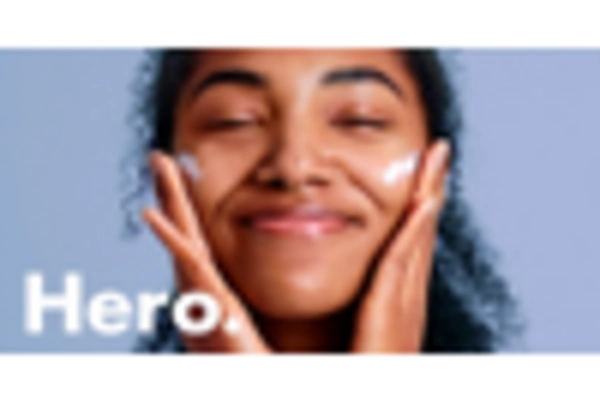
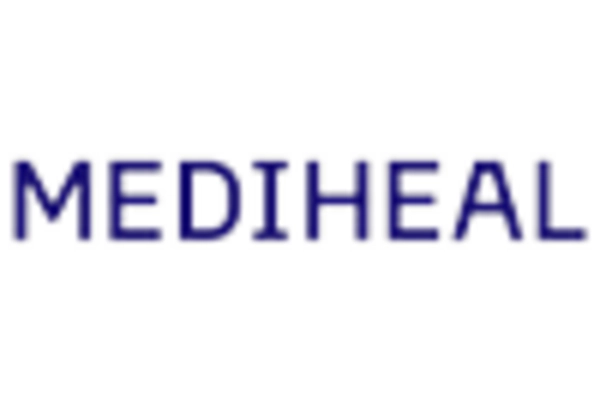
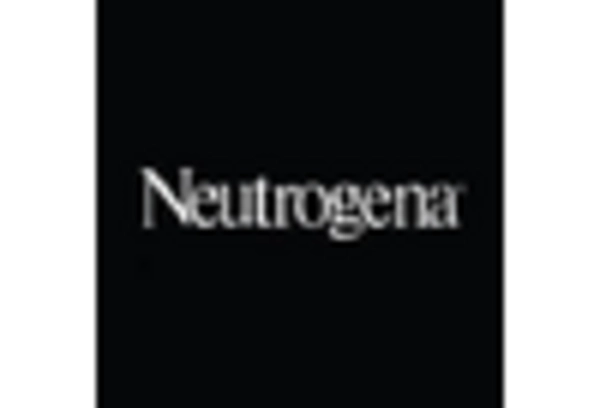
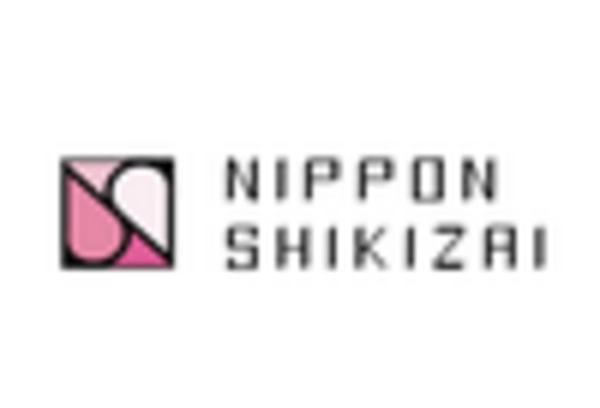
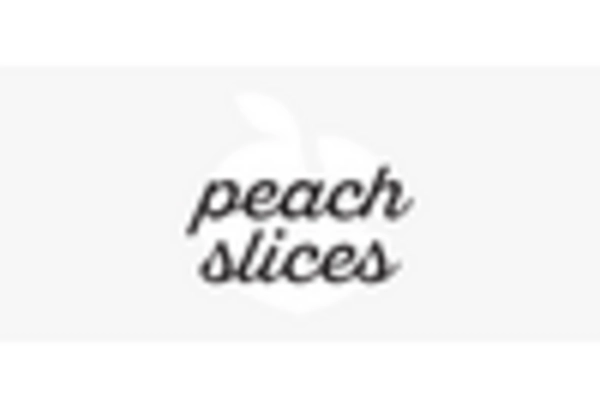








Leave a Comment